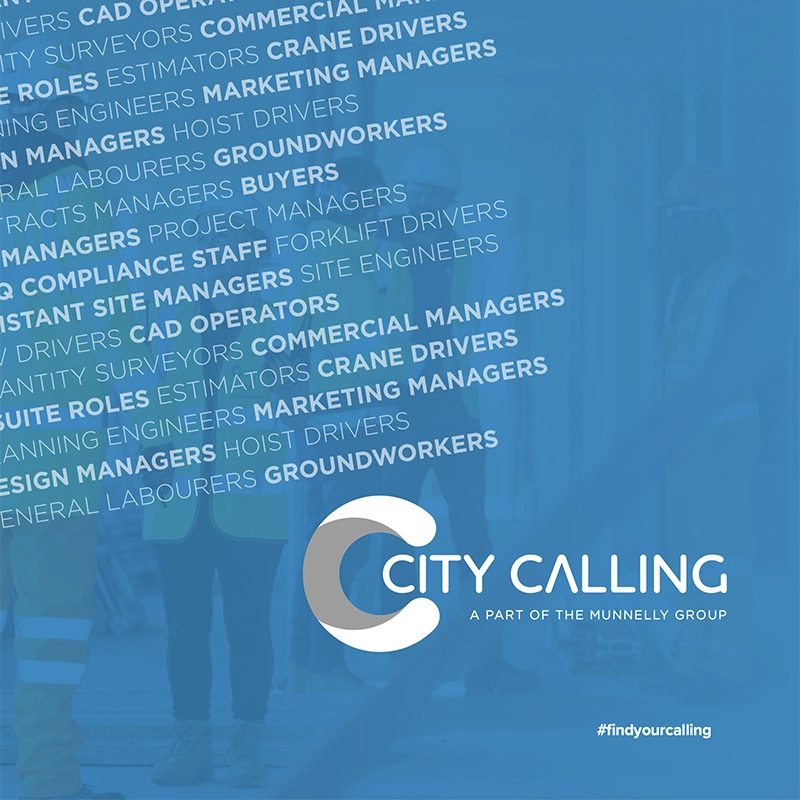The construction industry, similar to many other industries, has long relied on a mix of permanent staff and contingent workers to bring projects to life. In fact, according to the 2023 Executive Survey by Dayforce, 80% of respondents reported that their organisation currently employs contingent workers, with 65% predicting an increase in their use within the next two years.
But many construction companies are struggling with how to effectively engage their contingent workforce.
If you’ve dealt with last-minute no-shows, mismatched skill levels or compliance headaches, you’re not alone. A poorly engaged contingent workforce can lead to delays, safety risks and rising costs.
So, how do you get it right? Here’s how to build a smarter, more engaged contingent workforce for your construction site.
1. Define roles and expectations
Contingent workers are often brought on quickly to fill urgent needs. But vague job descriptions or unclear expectations can lead to miscommunication, scope creep, or unsafe work practices.
Action tip: Clearly define each role before posting or assigning it. Outline duties, skill requirements, safety certifications and site-specific expectations. A transparent brief not only attracts better-suited workers but also reduces costly misunderstandings on-site.
2. Choose the right workforce partner
The quality of your contingent workforce often depends on the quality of your staffing partner. Traditional agencies may fill gaps, but specialised teams like City Calling go further by taking the time to understand your site needs, connecting you with pre-vetted workers, and supporting ongoing workforce planning.
Pain point solved: Tired of unreliable workers or inconsistent quality? A smart workforce partner helps you find skilled, dependable workers who show up ready to work—every time.
3. Onboard like they’re part of the team
Even if a worker is only on site for a few weeks, how you onboard them can make or break their performance. A disorganised start leads to confusion and inefficiencies.
Action tip: Create a streamlined onboarding process for contingent staff. Include site orientations, safety briefings and clear reporting lines. Treat them like an extension of your core team to build trust and accountability from day one.
4. Offer feedback and recognise good work
Recognition matters—even for temporary workers. Providing feedback or simple thanks can go a long way in boosting morale and loyalty. And when you find great contingent workers, letting them know they’re valued increases the chances they’ll return for future projects.
Action tip: Use a rating system or short debrief after each job. Highlight top performers and consider creating a “go-to” pool of your most reliable workers.
Our final word: make flexibility work for you
The construction sector is dynamic, and your workforce strategy should be too. By investing a little more thought into how you engage your contingent workers, you can improve job site productivity, reduce risks, and create a workforce that’s as solid as the structures you build.
Need help building your contingent workforce?
City Calling connects construction companies with skilled, site-ready workers.
We’re backed by expert support and decades of experience in the industry to find you the perfect candidates.
Want to find out how we helped a construction company overcome their workforce challenges? Download our recent case study below.

